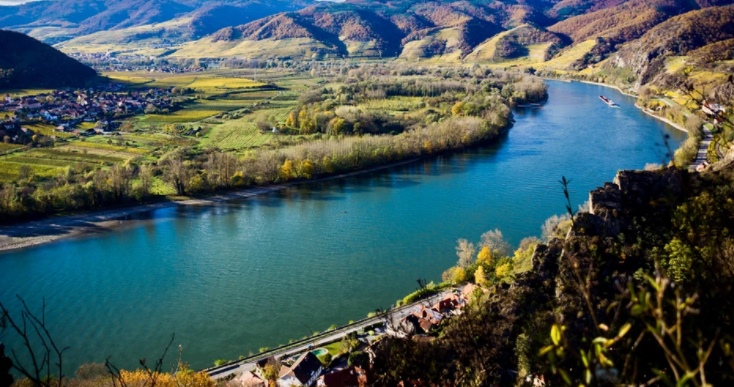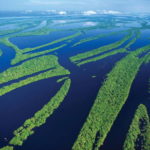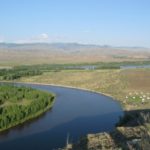20 interesting facts about the Danube River
The Danube River is one of the most powerful in Europe. It once served as the natural habitat of various peoples, but it has always been extremely important for all the people who inhabited its shores. The Danube was for them a source of food, and a transport artery, and a defense against enemy raids. And even now, in the modern world, the importance of this river cannot be overestimated. Let’s check these 20 facts about the Danube river and learn more about it.

20 facts about the Danube River
- Throughout its length, it is enclosed by 19 locks, due to which the height differences can reach 29 meters.
- In winter, the Danube river is usually covered with ice, but not for long, for a month and a half or two.
- Vienna, the Austrian capital, stands on the banks of the Danube. Therefore, residents of neighboring Slovenia do not call it “Vienna”, but “Danube”, although the river itself in their language is called “Danova”.
- The Danube is so wide that there are islands on it. Итitný island, owned by Slovakia, is the largest of them.
- On the banks of the Danube are dozens of cities, including four capitals.
- The mouth of this mighty river spews about 6.7 thousand cubic meters of water every second.
- Every year, hundreds of thousands of tourists take river walks along the Danube. Tourism here is generally very common.
- Most of the Danube, about 30%, flows through Hungary.
- In total, this river flows through the territory (or is the border) of ten countries.
- The Danube has relatively few tributaries, only about 120, but half of them are large enough and deep enough to be navigable.
- The most ancient settlements of primitive people discovered in Europe were located precisely on the Danube shores.
- Another fact – the Danube channel is so well suited for shipping that even sea ships can enter the river.
- According to the international agreement, ships under any flag can freely sail along the Danube. Thus, this river is the only one in the world officially classified as neutral waters.
- The length of the Danube, one of the largest rivers in Western Europe, reaches 2860 km.
- Among all European rivers, the Danube is second only to the Volga in length.
- The Danube river facts: a river of Central Europe, flows 1,740 miles from its source, in the mountains of the Black Forest, to the Black Sea. Some 400 tributaries join it on its long journey, west to east across Europe, to the many mouths of its delta.
- The Danube is a German river in its upper reaches and forms a highway for trade between Germany and central and eastern Europe. Goods are carried along its length through Austria, Czech, Hungary, Slovakia, Rumania, and Bulgaria to the Black Sea. Once part of the boundary of Charlemagne’s Empire, the Danube has played an important part in the history of Europe. The great Austrian Empire grew from the two states of Upper and Lower Austria on the Danube. Not until after the First World War was this empire finally broken up and Austria became a tiny republic.
- The Danube Valley is very fertile, and crops of rye, oats, and wheat are grown on its rich silt, as well as vegetables, fruit, and vines. The power for the wheat mills, sawmills, and papermills along its banks comes from the river itself.
- Vienna and Linz, both important Danube ports, are the main industrial centers of Austria. The chief natural resources are timber, oil, iron ore, copper, zinc, graphite, and salt. Timber and paper products are the most important exports, but iron and steel goods, machinery, precision instruments, textiles, pottery, chemicals, and leather goods are also manufactured.
- The Iron Gates, on the Rumanian and Yugoslavian borders, is the narrowest point of the Danube. There, where it becomes a raging torrent with dangerous currents, making a way through the Carpathian Mountains, a dam is to be built by a joint effort of both countries. It is being built at Djerdap, below the point where the Danube widens.
Hope you enjoy these 20 interesting facts about the Danube river.



























